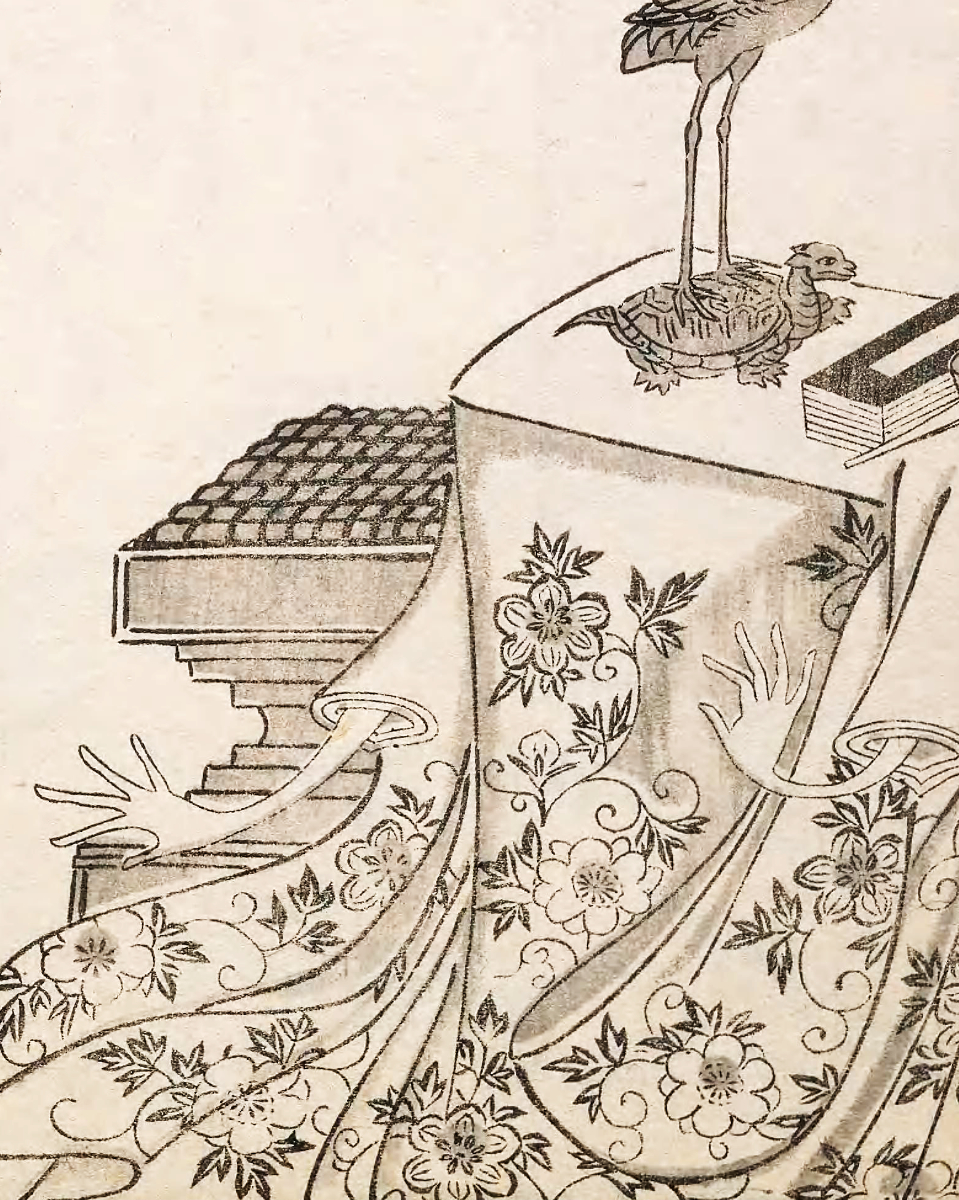Kosode no te appear in short sleeved kimonos formerly owned by prostitutes. This yōkai manifests as a pair of ghostly hands that emerge from the sleeves and assault welching clients—or whoever happens to be nearby. Kosode no te can occur for several reasons, but a common origin happens when a prostitute dies in vain after working for many years to save up the money to buy her freedom. Upon death, these women’s clothes were customarily donated to a temple in exchange for a funeral and prayers. However, if the woman died still owing money to the brothel keeper, her kimono might be sold for cash instead of being donated to a temple. Then, unable to properly pass on to the afterlife, her spirit might instead attach to her cherished clothing and haunt it.
| Alias Kosode no te (小袖の手) |
| Real Names/Alt Names “Kimono hands” |
| Characteristics Yōkai, Enlightenment and Neoclassicism, Japanese |
| Creators/Key Contributors Toriyama Sekien, ○ |
| First Appearance Japanese folklore |
| First Publisher ○ |
| Appearance List Konjaku Hyakki Shūi (今昔百鬼拾遺, “Supplement to The Hundred Demons from the Present and the Past”, c. 1781) Vol. 2 “Mist” |
| Sample Read Konjaku Hyakki Shūi Vol. 2 “Mist” (c. 1781) [Smithsonian] |
| Description Kosode no te appear in short sleeved kimonos formerly owned by prostitutes. This yōkai manifests as a pair of ghostly hands that emerge from the sleeves and assault welching clients—or whoever happens to be nearby. Kosode no te can occur for several reasons, but a common origin happens when a prostitute dies in vain after working for many years to save up the money to buy her freedom. Upon death, these women’s clothes were customarily donated to a temple in exchange for a funeral and prayers. However, if the woman died still owing money to the brothel keeper, her kimono might be sold for cash instead of being donated to a temple. Then, unable to properly pass on to the afterlife, her spirit might instead attach to her cherished clothing and haunt it. |
| Source Kosode no te – Yokai.com |

